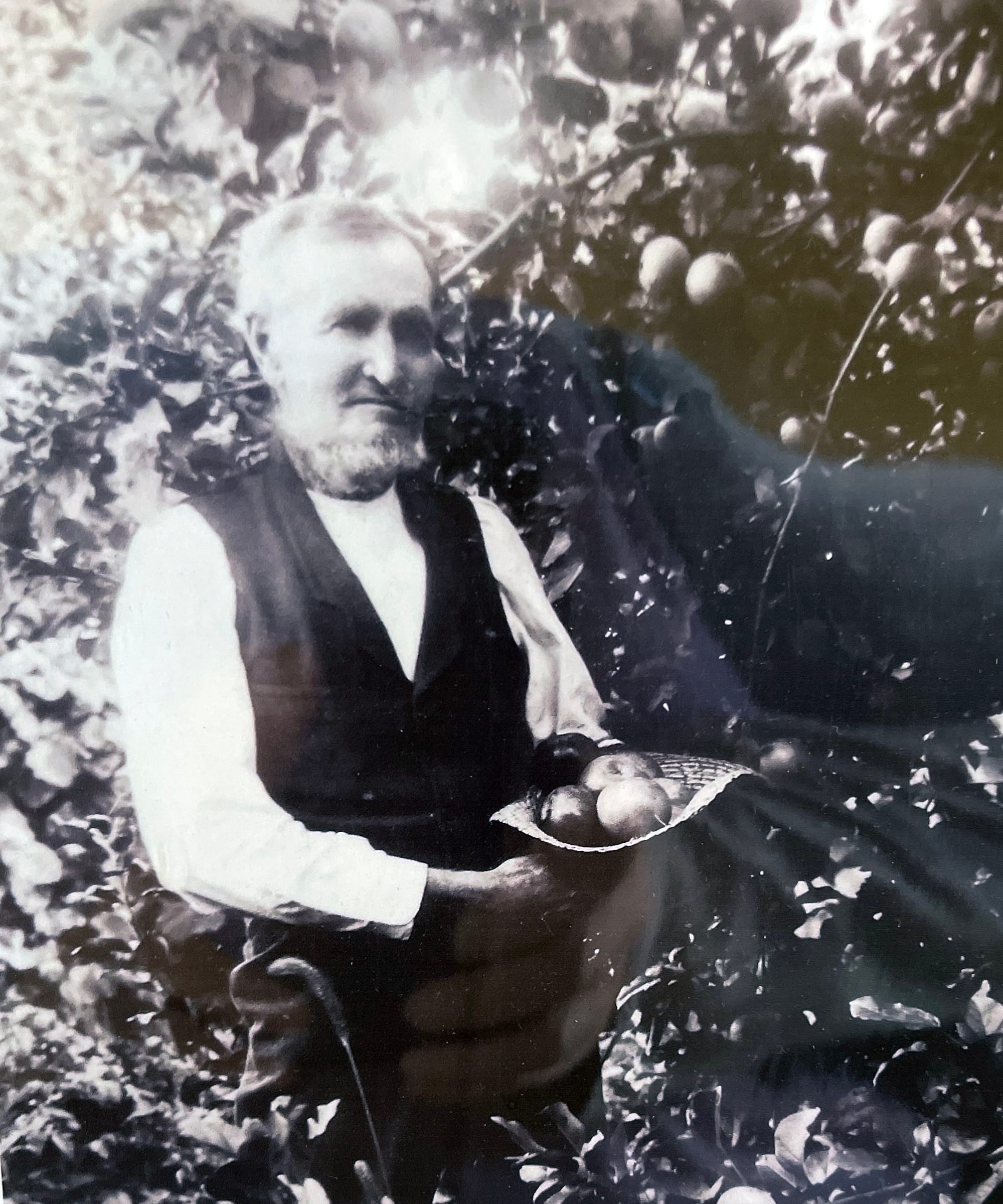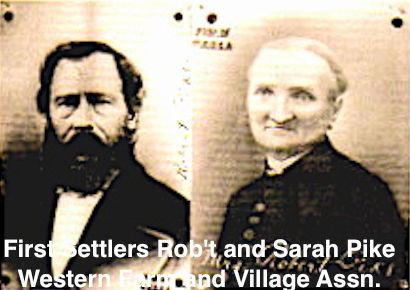Early Settlers

William Haddock:
In July 21 of 1851, the New York Tribune advertised a meeting that would plan for Western settlement. This meeting was the origin of the Western Farm and Village Association—the group that would “found” Minnesota City. William Haddock was 29, a printer, and he presented at this meeting his plan for such a settlement: a contingent of 150 to 200 family men of various occupations. “There they would lay out a village in which each member of the proposed society would receive a four- acre village plot, as well as 160 acres of farmland from the tract surrounding the settlement. ” MCHA April 2017 newsletter
From Sherry Havener-descendant of Major William Haddock. "He hired a scout to check out the territory in Mn. He did not like the results from the scout so he and his friend headed west. They took a steam boat as far as it could go north on the Mississippi River and had to skate on up the frozen river. They found what they believed to be prime area and staked it out. William went back to NY to file all the claims necessary on the ground for the new colony. A group of about 400 people soon moved west. The territory was not on the Mississippi River like they thought but in fact was in slough area. Things did not go as well as settlers expected and many got sick and died. One of the people who died was William Haddock’s first wife Kate Rafferty. She arrived in Mn. on July 13, 1852 and died on Aug 24, 1852. On Sep 11, 1852 William Haddock again moved, this time settling in Anamosa, Iowa. He had two small children and on Christmas day he married again. The big dream he had of moving west and settling a new colony did not work out for him but he did bring several people who stayed and this is how we got Minnesota City, Mn. His dream does live on.” MCHA February 2015 newsletter
Samuel Cotton:
In December of 1852 (the settlement began in May), Samuel Cotton was one of five men from the Rollingstone Colony to go to LaCrosse to pick up supplies that had been left by the Nominee, the first settler’s ship. Cotton purchased land from E.B. Drew in 1857. After the collapse of the Association, Cotton made a claim of eighty acres and preempted the village lots as a homestead. Samuel Cotton was the chairman of the meeting in 1887 that formed an association for the purpose of procuring and holding lands to be used exclusively for a cemetery for the burial of the dead (Oakland Cemetery). MCHA May 2009 newsletter

Robert Pike:
Robert Pike was an eccentric member of the Western Farm and Village Association. He and his wife Sarah are buried in Oakland Cemetery. Pike was a teacher, scholar, writer, explorer and farmer. He served as a justice of the peace, a county surveyor and commissioner, postmaster and authored two books on mnemonics (memory word assists). His business card in 1856 (a rarity, we would think!) read: “Robert Pike who writes this ditty, Lives at Minnesota City. Is Postmaster, Magistrate, Buys and Sells Real Estate, Conveyancer and County Surveyor, (The City’s small and needs no mayor). Sectarian rule he dares resist, And thinks Christ was a Socialist, Loving mankind and needing dimes, He waits to serve them at all times.” (Source: Winona Daily Republican). MCHA August 2007 newsletter
D.Q. Burley and O.M. Lord

D.Q. Burley and O.M. Lord were both early settlers of Minnesota City. O.M. Lord served as superintendent of schools and was a mail carrier, blacksmith, and horticulturist. He also worked in lumber production and in the state legislature. (MCHA October 2014 newsletter ). D.Q. Burley was a New Hampshire stone mason who was in the first group of Minnesota City settlers from the Western Farm and Village Association. He later represented the Rollingstone Township at the 1900 county convention and fought in the Civil War. (MCHA August 2012 newsletter)